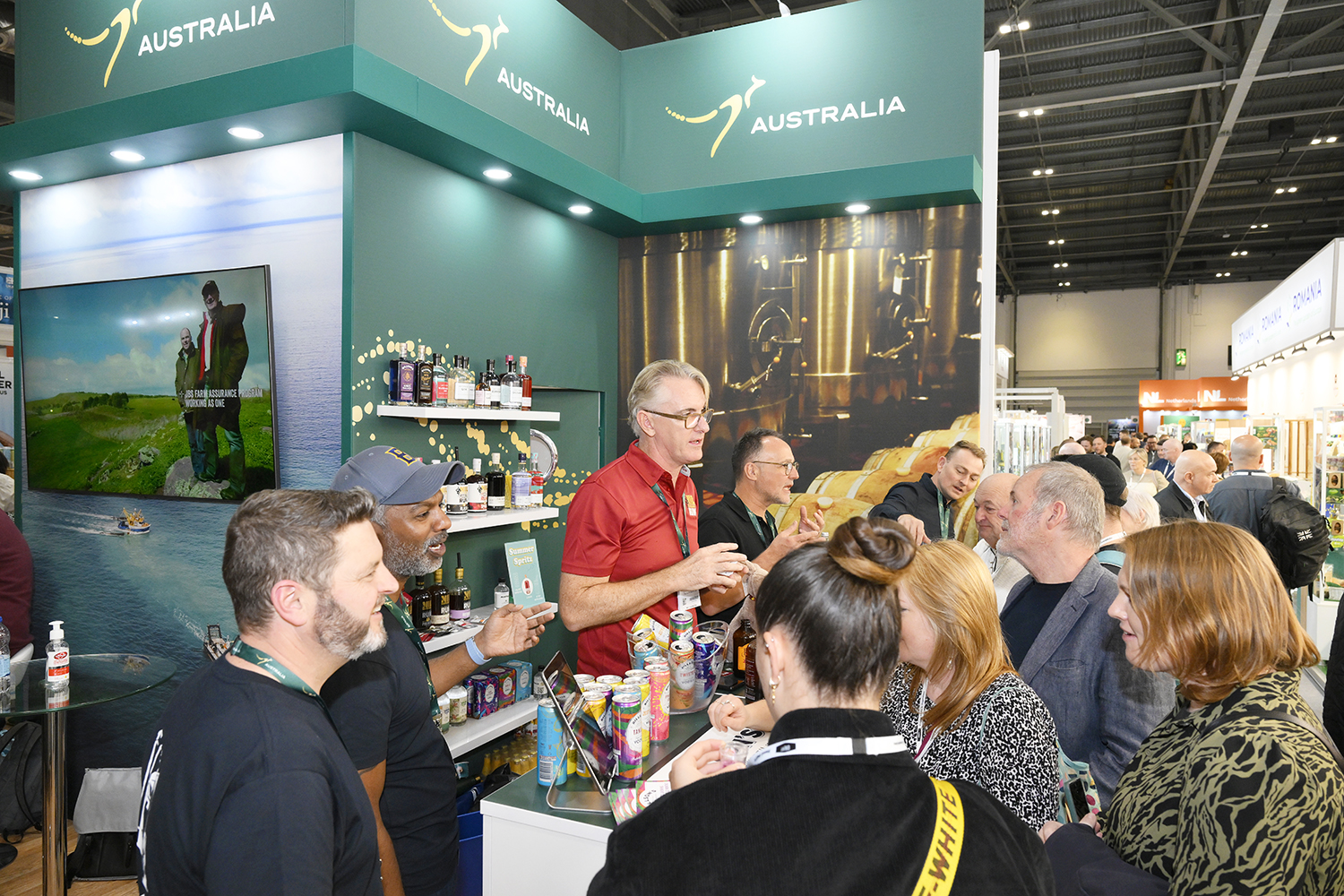US authorities torpedo underwater ageing
By Rupert MillarUS federal authorities have taken a dim view of ageing wine underwater, warning it may be illegal to sell wine that have been aged that way.
In 2013 Napa producer Mira palced 48 bottles of its 2009 Cabernet Sauvignon in the waters of Charleston Harbour to see what effect underwater ageing would have.
In November last year the bottles (pictured) were salvaged, tasted and the process declared a success. The winery’s president, Jim Dyke, announced they would age twice as much for twice as long beginning next month alongside several other cases which are currently underwater in the harbour
However, Dyke may have to shelve his plans as the practice has caught the attention of the Treasury Department’s Alcohol and Tobacco Tax and Trade Bureau who warned that potential contact with ocean water would render the wines “adulterated” and thus illegal to sell.
The bureau, which oversees alcohol labelling, can prohibit wineries, breweries and distilleries from selling or shipping their products if they are judged to have been “adulterated” in some way.
The bureau referred to the US Food and Drug Administration which said that wine aged underwater “may” render than adulterated under federal law because they have been stored in “unsanitary” conditions.
The bureau continued that degradation of the seal – wax and cork – while underwater could lead to the wine being exposed to: “Gasoline, oil, heavy metals, plastics, drug residues, pesticides, as well as various types of filth, including waste materials from biological sources, sludge, decaying organic matter, runoff from farms, effluents from sewage treatment plants, and bilge waters from vessels.”
Partner Content
Dyke said he was disappointed with the news but pointed out that all of the bottles he’d aged underwater and then tasted, none showed any hint of contamination with seawater.
He added that it was also an experiment and would not be a method widely implemented in the ageing of his wines.
Mira is not the only winery in the world to experiment with underwater ageing. Veuve Clicquot has consigned several bottles of its wine to the deep in the Baltic close to the spot where the shipwrecked bottles that helped spark the mini-craze for underwater ageing were found in 2010.
On the other hand, the consequences of salt water contamination were made painfully clear in Charleston – of all places – earlier this month when a salvaged bottle of 150-year-old “wine” (or possibly spirit) was tasted and found to be utterly disgusting.





Comments seem to be made by ill-informed or ignorant authorities, or misrepresented by the press. Surely you could just check the Na levels before and after to see if the wine had become contaminated by sea water. The idea that a 150 year old wine is undrinkable after storage in sea water has no bearing on the ageing process for a wine in the shorter term. Any wine stored in my kitchen would be undrinkable after 150 years, but that doesn’t mean all wine stored in my kitchen will become undrinkable in the short term. If they expect the wine to be so badly contaminated that they need to protect the public from this “dangerous” process, what is their view of fish and seafood harvested in that part of the world. All seems a bit off to me.
Sorry, meant to say “All seems a bit odd to me”